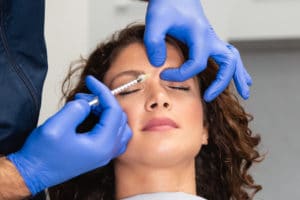Numbing Cream for Botox Injections
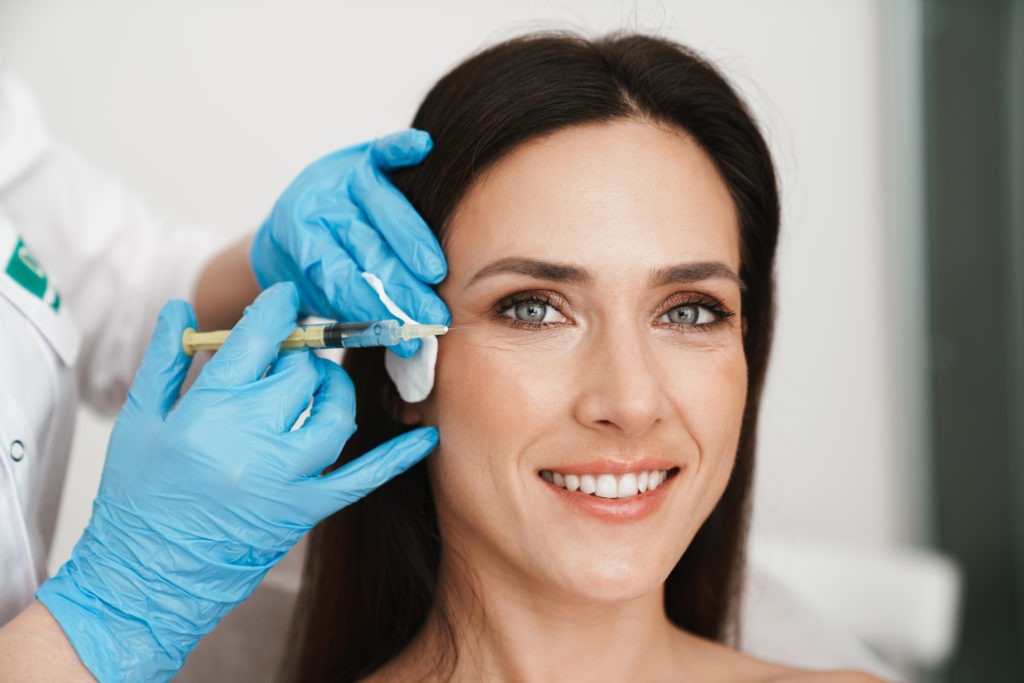
The needles used for Botox injections are very small and the injections are typically not very deep, which helps cosmetic Botox procedures be less painful than other types of injections. Additionally, before administering Botox injections, most clinicians will numb the treatment area with a topical anesthetic cream. Using an effective numbing cream 15-20 minutes before Botox injections can help patients feel little to no pain during the procedure. The best numbing creams for botox injections will be potent enough to numb the treatment area, while also being easy to apply and remove without leaving a gritty, oily or chalky residue. Also, using a smooth and creamy Botox numbing cream can help make the patient’s experience more comfortable.
Is Your Numbing Cream Sanitary?
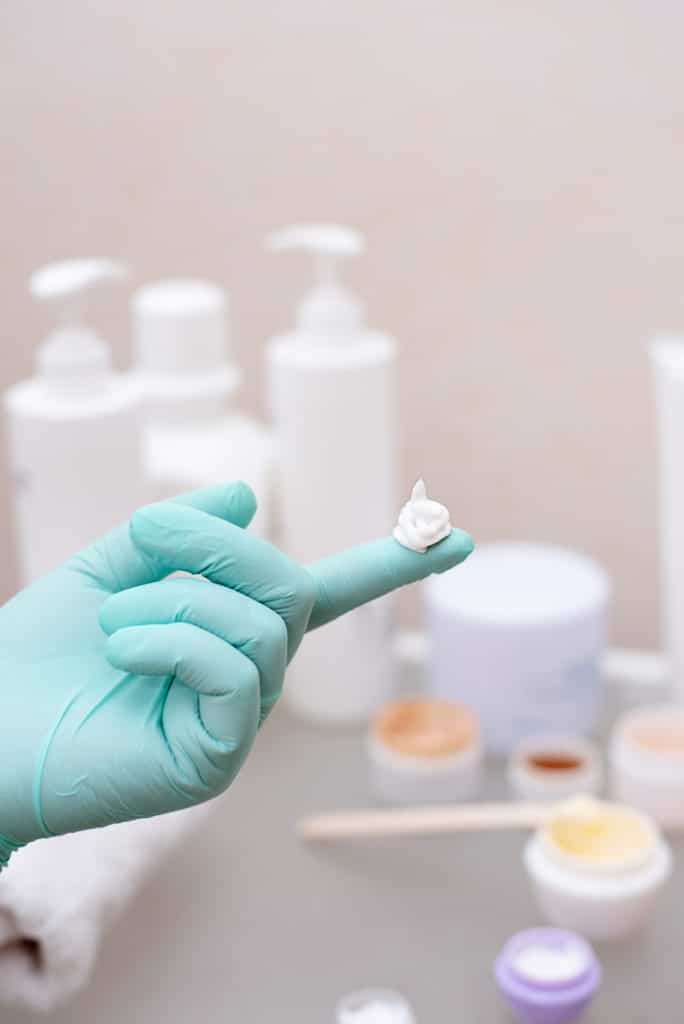
When choosing the best numbing cream for Botox injections, it’s important to choose a product that is sanitary. While some clinics use multi-use jars and tubes of numbing cream, this creates the potential for contaminants, such as pathogenic microbes and fungus to enter and be passed on when applied prior to treatment. A quality numbing cream for Botox will have safety features such as packaging that reduces the risk of cross-contamination. One simple approach to ensuring sterility with your numbing cream, is to choose a product that come in single-use packets. NeuroMed 7, for example, is supplied in single-use, sanitary, metered dose packets to ensure the highest degree of sterility and safety.
Another benefit of the single-use, sanitary packet is that the product contained inside is always fresh. The numbing cream inside single-use packets isn’t exposed to air until it is ready to be used, ensuring ideal sterility and strength. With multi-use containers such as jars, the numbing cream will begin to lose its potency after the jar is opened due to oxidation.
Fast Acting Numbing Cream
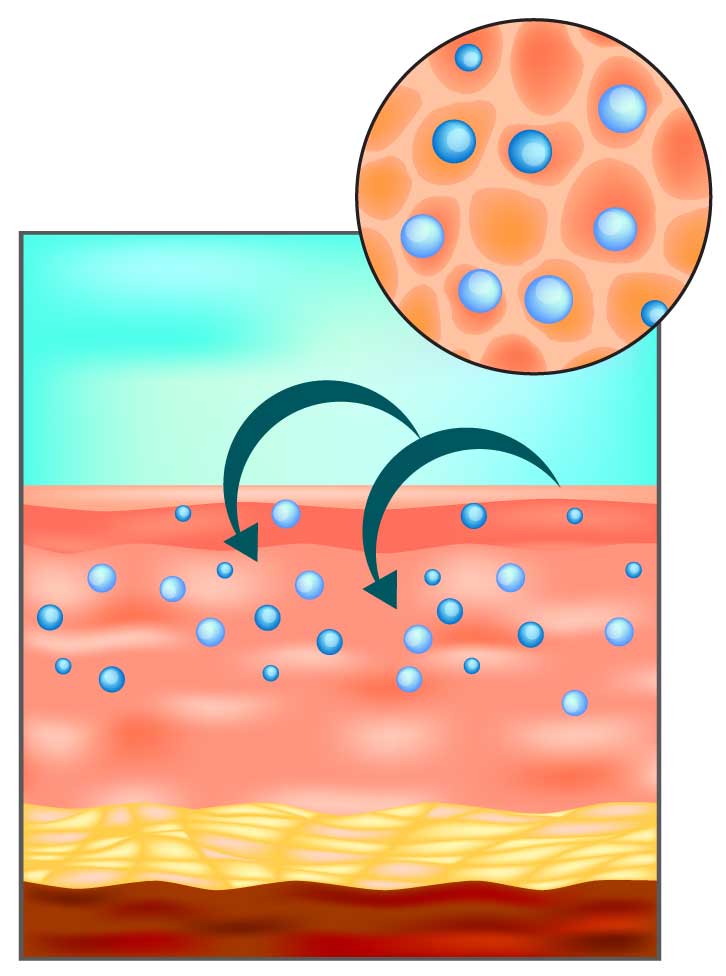
There are many brands of topical anesthetics available on the market today. While a variety of numbing creams might look similar, their formulations will largely determine how effective they are. So when choosing a numbing cream for Botox, it’s important to choose a legally compliant, safe, and effective formulation. Some popular numbing cream brands add penetration enhancers or “drivers” to their formulations with the goal of making their product’s fast acting and deep penetrating. Some of the more well known driver ingredients used in topical anesthetic creams include:
- MSM
- Ethoxydiglycol
- Propylene glycol
- Isopropyl Myristate
- Urea
Indications for Botox Injections
Cosmetic Botox injections have been available by prescription in the United States since the FDA approved it in 2002. The exact same Botox injections are used for other clinical medical purposes (such as uncontrolled muscle spasms) was first approved by the FDA in 1989. Botox injections are also used for to treat a variety of other medical conditions, including, excessive sweating (hyperhidrosis) and migraine headaches. Botox injections are FDA-approved to smooth the frown lines between your eyebrows, although they are commonly used off-label for other facial wrinkles, such as crows feet and frown/smile lines. Botox-type injectables can help an adult patients of any age improve their appearances. Botox injection are used to give patients a more youthful look.
The most commonly treated areas are those where muscle activity influences facial features, such as the following:
- Glabellar lines (a.k.a. “elevens” or frown lines)
- Wrinkles around the eyes, such as crow’s feet
- Forehead creases
- Corners of the mouth
Fast Acting Numbing Cream
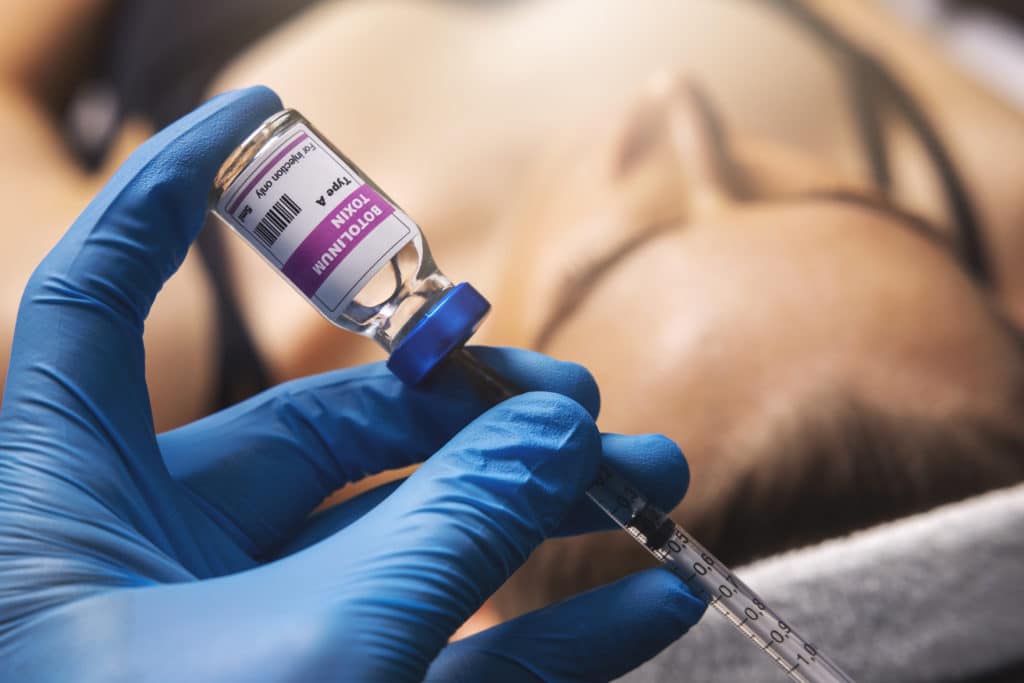
Botulinum toxin type A is an injectable neurotoxin, better known under brand names such as Botox Cosmetic®, Dysport®, and Xeomin®. Neurotoxin treatments are the most popular single cosmetic procedure in the U.S. and are mainly used to smooth dynamic wrinkles, or those wrinkles that form as a result of facial movements like frowning, squinting, smiling, and other expressions we tend to make day after day. Treatment works by blocking nerve impulses to the muscles, causing them to relax. As a result, your expressions soften and the dynamic wrinkles are greatly reduced.
What's the Difference between Botox, Dysport, and Xeomin?
Botox, Dysport, and Xeomin all contain the same active ingredient: botulinum toxin type A. Additionally, these three products are all designed to address the same types of wrinkles and other cosmetic concerns.
So how are they different?
The main distinction lies in their formulation, which influences the dosage used, how much the product spreads, and how quickly a patient might see the results. For example, Botox Cosmetic is formulated with an accompanying protein. Dysport contains a smaller version of a similar protein, while Xeomin doesn’t contain an accompanying protein at all. All three products are FDA approved and have been used safely and effectively for years. Which of these products is best for you will depend on your unique anatomy, your goals, and your cosmetic surgeon’s recommendations.
Who Can Perform Botox Injections?

In most states, Botox injections have to be performed by a licensed Medical Doctors (MD), Doctors of Osteopathy (DO), Doctors of Medical Dentistry (DMD) or Doctors of Dentistry (DDS). In other states they can also be performed by Registered Nurses (RN), Nurse Practitioners (NP) and Physician Assistants (PA). Botox injections are most often performed in dermatologists and plastic surgeons offices, however, they are also performed in dentists offices, medical spas and other types of medical specialty offices, including family practices and women’s centers.
Botox Injection Contraindications
In the United States, the FDA has approved cosmetic Botox Injections for people aged 18 to 65. However patients shouldn’t receive Botox injections if they have any of the following contraindications:
- Are allergic to any ingredients in Botox or Botox Cosmetic.
- Are allergic to another botulinum toxin brand (such as Myobloc, Xeomin or Dysport) or had any side effect from these products in the past.
- Have a skin infection or other condition in the injection area.
- Have ALS (Lou Gehrig’s disease), myasthenia gravis, Lambert-Eaton syndrome or another disease that affects your muscles or nerves.
- Have breathing problems, such as asthma.
- Have difficulty swallowing.
- Have bleeding issues.
Plan to undergo surgery. - Have had facial surgery.
- Have weakness in your forehead muscles.
- Have drooping eyelids.
- Are taking or have recently taken certain medications, vitamins or supplements


